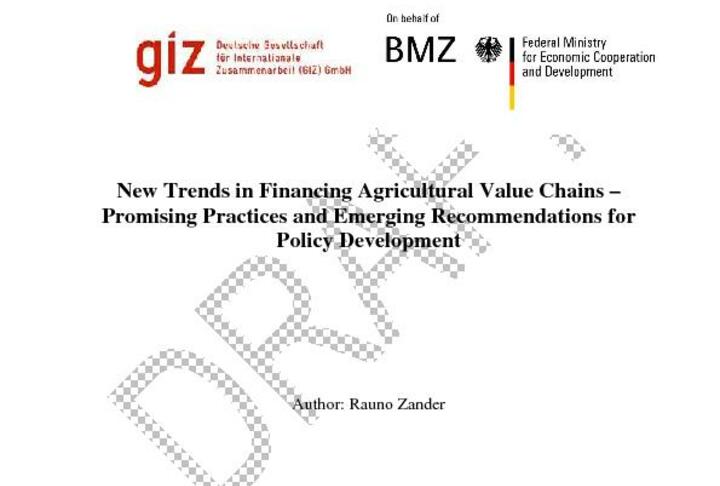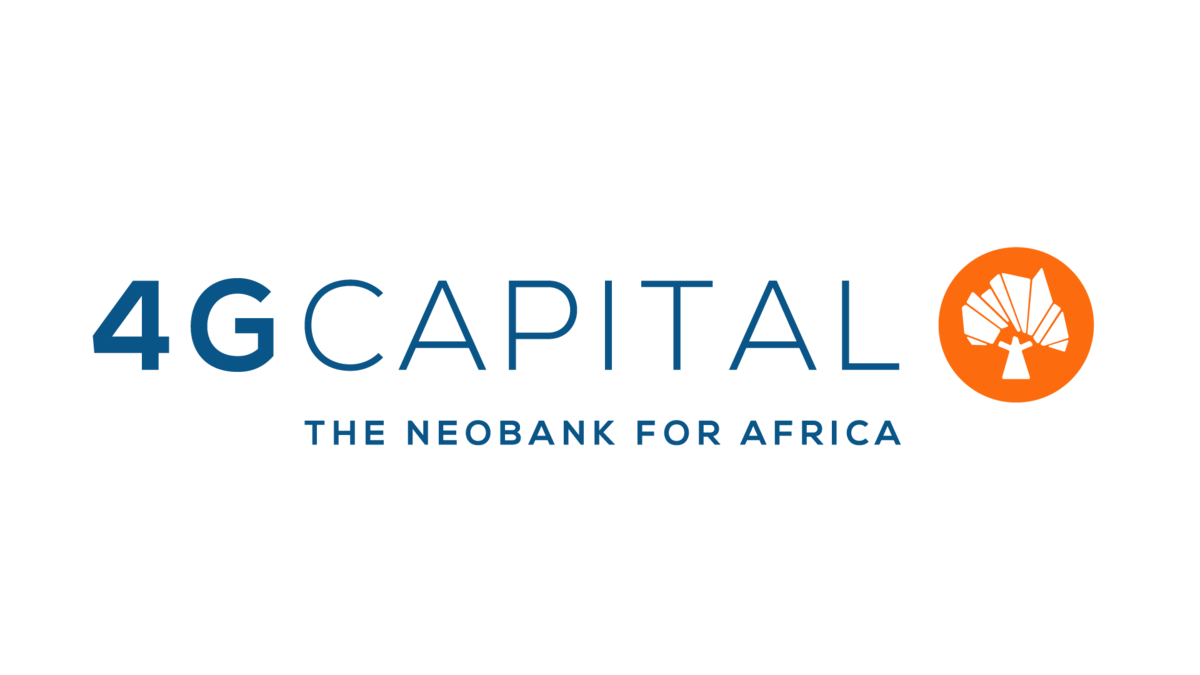With increasing market liberalization and the integration of the agricultural sector of developing economies into world markets, rural transformation is accelerating. Commodity and financial flows and the processing of agricultural goods up to the final consumers have become more sophisticated.
This integration of agricultural and food product markets is likely to grow further as obstacles to the free flow of agricultural goods on international markets diminish. Analysis of an entire value chain means that important opportunities and constraints that may not be apparent when considering single production systems or chain layers in isolation can now be identified and analysed. Recent studies show that looking at the entire value chain (rather than just parts of it) offers better insights. This enables an understanding of both financing within a value chain and financing that is tailored to fit a value chain (Miller and Jones, 2010).
The objective of this paper is to provide development policymakers, i.e. the GPFI Subgroup on SME finance with some practical recent insights on new trends in agricultural value chain financing: what works, what does not work and why? What are good practices, success factors and lessons to be learnt from recent experiences, covering the past five years?














